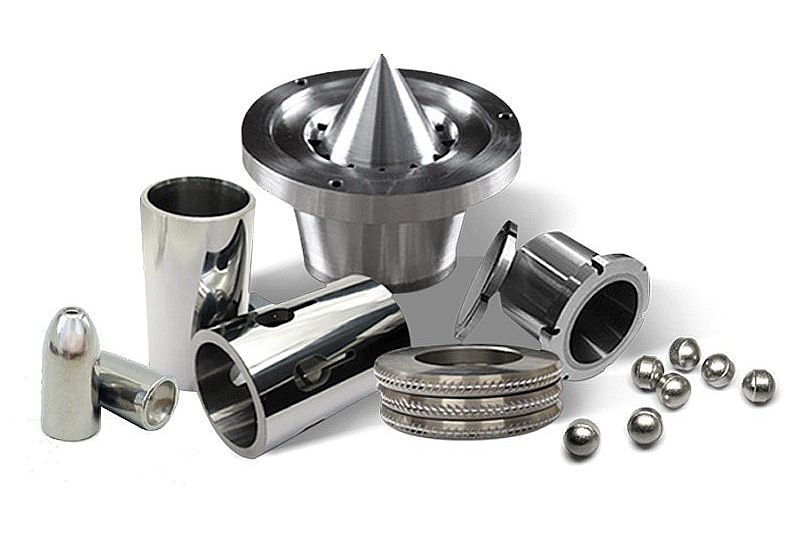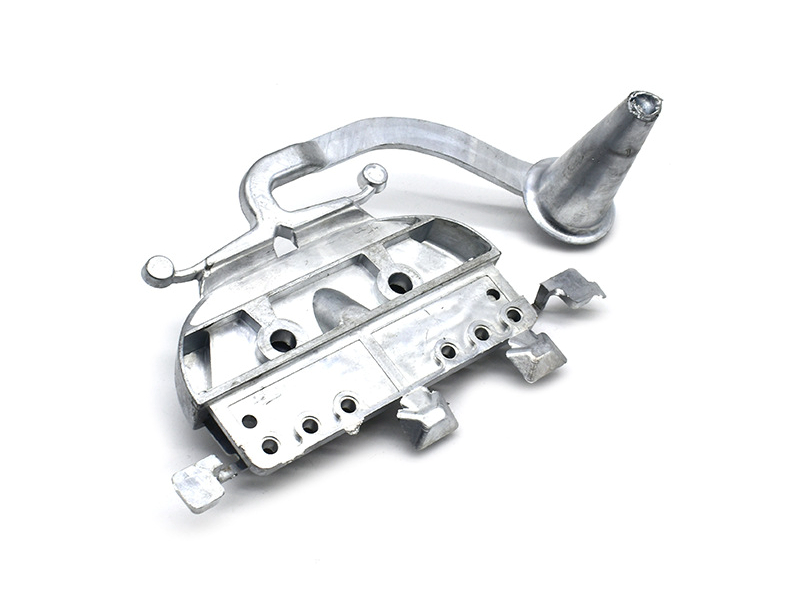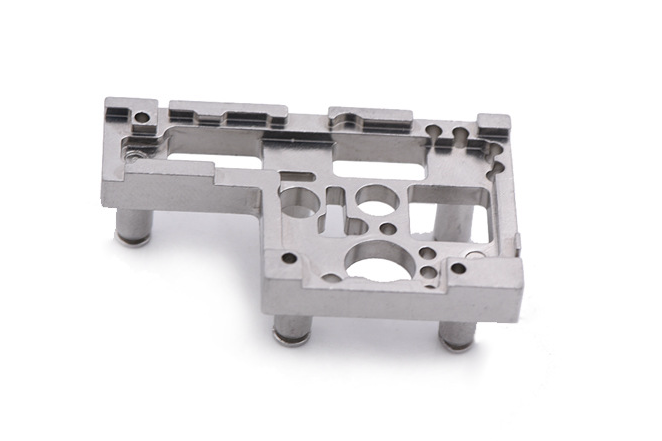How to optimize manufacturing to improve implant surface osseointegration?
For implantable medical components, the ability of the surface to bond with bone—known as osseointegration—is directly influenced by both material properties and the precision of the manufacturing process. To optimize manufacturing for better osseointegration, three core engineering strategies must be co-engineered: surface microtopography, material purity and porosity control, and stable, bio-compatible post-treatments. Starting with near-net-shape forming processes such as ceramic injection molding or metal injection molding enables tight control of geometry and localized porosity, which is critical for encouraging cell attachment and vascularization. In early-stage development, 3D printing prototyping of titanium or PEEK implants enables the testing of complex lattices and controlled surface roughness before high-volume production.
Surface Geometry and Controlled Porosity
Micro-roughness between 1–10 µm and macro-porosity of 100–400 µm are proven to enhance cell anchoring and bone ingrowth. Such precision can be achieved through CNC machining prototyping or layer-by-layer additive manufacturing. When volume production is required, metal injection molding using alloys like MIM Ti-6Al-4V allows fine porosity control and consistent mechanical strength. For ceramic-based implants, zirconia and alumina via CIM can achieve ultra-smooth surfaces for joint articulation zones while roughening only the bone-contact areas.
Material Selection for Biocompatibility
Biocompatible alloys and medical-grade polymers must support both mechanical stability and cellular adhesion. Titanium alloys such as Ti-6Al-7Nb and ultra-pure ceramics produced through CIM show excellent results in hip stems, dental implants, and vertebral cages. For patient-specific geometries, Inconel 718 and PEEK 3D printing enable thin-walled, lightweight structures while ensuring the required fatigue strength. Thermoplastics like thermoplastics from injection molding are used for bio-resorbable components and drug-delivery implants where temporary support is needed.
Role of Surface Treatment in Osseointegration
Post-processing has a decisive effect on osseointegration quality. Tumbling removes loose particles and prevents inflammatory responses, while anodizing or thermal coatings can create nano-scale textures that promote protein adsorption. For metallic implants, nitriding and passivation improve fatigue resistance while ensuring chemical neutrality in the body. When high-precision finishing is required, electropolishing is used to eliminate microscopic peaks that could trigger tissue irritation or bacterial accumulation.
Manufacturing Validation for Medical Approval
Critical validation includes simulation, accelerated fatigue testing, and dimensional consistency checks using prototyping and real-process trials. Techniques like laser scanning and CT imaging verify consistency of porous structures. Finally, using controlled processes such as plastic injection molding for polymer implants and precision casting for metallic parts ensures ISO 13485 compliance. Consistency in geometry, porosity, and surface energy is the foundation for successful osseointegration.



